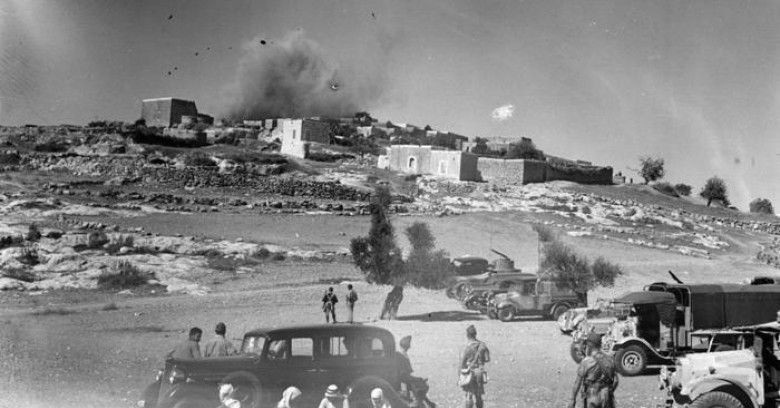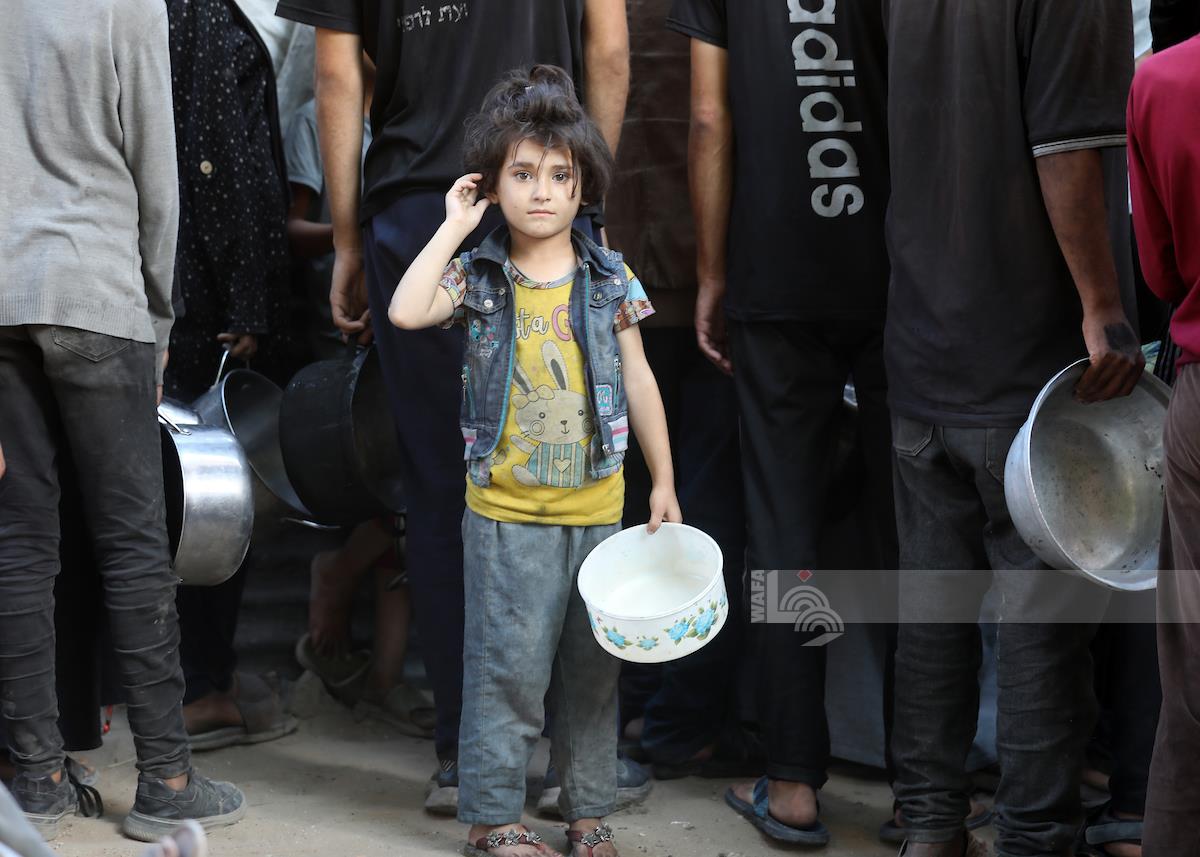RAMALLAH, June 15, 2011 (WAFA) – Palestinians spend more than a third of their monthly expenditure on food, while only 1.5% on recreation and a little less than 3% on personal care, Wednesday said the Palestinian Central Bureau of Statistics (PCBS).
It said in a report on Palestinian expenditure and consumption for 2010 that average monthly per capita expenditure was 148 Jordanian dinars (JD).
The survey said that the share of food expenditure from the total expenditure was 36.4% that is 147.5 JD per capita expenditure in the Palestinian Territory. It was 173.1 JD in the West Bank and 103.1 JD in Gaza Strip.
The food groups formed 36.4% (34.1% in the West Bank, and 42.6% in Gaza) from the total per capita expenditure. Transport and communication group formed 15.2%, while the lowest percentage of expenditure was on the recreation group, which was 1.5%. Second lowest percentage was on the personal care group by 2.8%, said PCBS.
It added that according to the nature of locality, the monthly average of per capita expenditure was 152.1 JD in urban areas, 144.3 JD in rural areas, and 118.1 JDs in refugee camps.
In accordance to the current prices, the survey noticed an increase by 17.4% in the monthly average of per capita expenditure in the West Bank in 2010 compared to 2009; in 2010, it was 173.1 JD in the West Bank, while it was 147.4 JD in 2009.
In Gaza, the monthly average of per capita expenditure slightly decreased by 0.4% in 2010 compared to 2009; in 2011 it was 103.1 JD while it was 103.5 JD in 2009, said the survey.
The survey said that the monthly average of household expenditure in accordance with the current prices on various goods and services amounted to 886.9 JD in the Palestinian Territory; 993.8 JD in the West Bank compared with 680.7 JD in Gaza. The average household size in the Palestinian territory is 6.0 individuals (5.7 in the West Bank and 6.6 in Gaza).
Household expenditure refers to the amount of cash spent on purchasing goods and services for living purposes, the value of goods and services payments or part of payments received from the employer, cash expenditure spent as taxes (non-commercial or non-industrial), gifts, donations, interests on debts, and other non-consumption items.
Results indicated that a monthly average of household expenditure in the Palestinian territory on tobacco and cigarettes of 38.7 JD, which exceeded the expenditure education (31.4 JD), personal care (24.4 JD) and recreational activities (13.4 JD).
The monthly average of household expenditure was 910.7 JD in urban areas, 876.5 JD in rural areas, and 717.7 JD in refugee camps.
PCBS results showed that the percentage of household food consumption to the total consumption was 35.6% in the Palestinian Territory (33.8% in the West Bank compared to 40.8% in Gaza).
The household consumption of food in the West Bank was 20.3% more than of that in the Gaza Strip, said the survey.
Household consumption refers to the amount of cash spent on purchasing goods and services for living purposes, the value of goods and service payments or part of payments received from the employer, own-produced goods and food, including consumed quantities during the recording period, and imputed rent.
R.Q./M.A.











